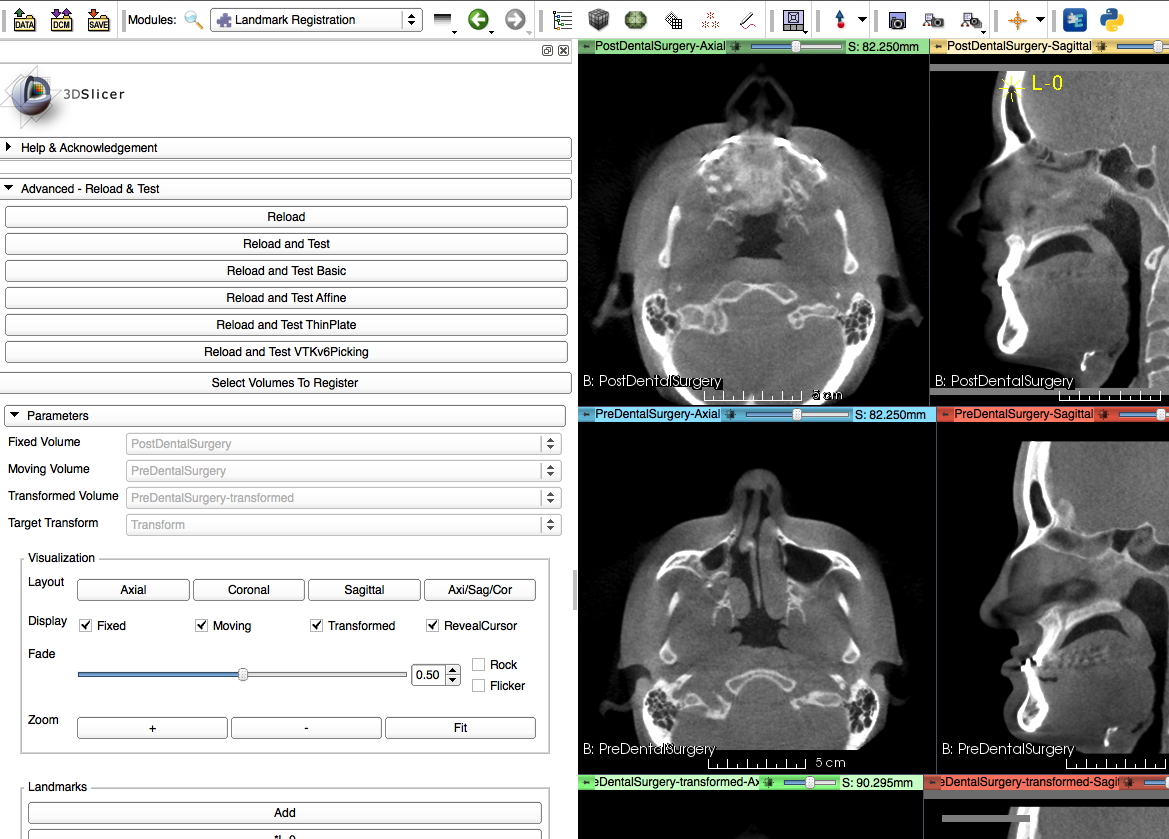Difference between revisions of "Documentation/Nightly/Modules/LandmarkRegistration"
From Slicer Wiki
(Created page with '<noinclude>{{documentation/versioncheck}}</noinclude> <!-- ---------------------------- --> {{documentation/{{documentation/version}}/module-header}} <!-- -----------------------…') |
|||
| Line 16: | Line 16: | ||
|Image:Logo-isomics.png|Isomics, Inc. | |Image:Logo-isomics.png|Isomics, Inc. | ||
|Image:Logo-namic.jpg|NA-MIC | |Image:Logo-namic.jpg|NA-MIC | ||
| − | |Image:Logo- | + | |Image:Logo-nac.jpg|NAC |
}} | }} | ||
{{documentation/{{documentation/version}}/module-introduction-end}} | {{documentation/{{documentation/version}}/module-introduction-end}} | ||
| Line 25: | Line 25: | ||
Interactive registration and visualization. | Interactive registration and visualization. | ||
| − | [[image: | + | [[image:LandmarkRegistration-4.4.png|LandmarkRegistration Module]] |
<!-- ---------------------------- --> | <!-- ---------------------------- --> | ||
Revision as of 23:04, 19 September 2014
Home < Documentation < Nightly < Modules < LandmarkRegistration
|
For the latest Slicer documentation, visit the read-the-docs. |
Introduction and Acknowledgements
|
Information on NA-MIC can be obtained from the NA-MIC website. | |||||||
|
Module Description
Interactive registration and visualization.
Use Cases
Examples:
- Use Case 1: Interactively align two volumes
- Use Case 2: Align volumes as pre-processing step for automated registration
- Use Case 3: Visually review results of automated registration
Tutorials
Panels and their use
Similar Modules
References
N/A
Information for Developers
This module is written in python. There is a pluggable API for defining new interactive registrations. Implement a subclass of a RegistrationPlugin in python. It can call C++ routines either wrapped in VTK, through SimpleITK, or by calling a CLI.
| Section under construction. |



